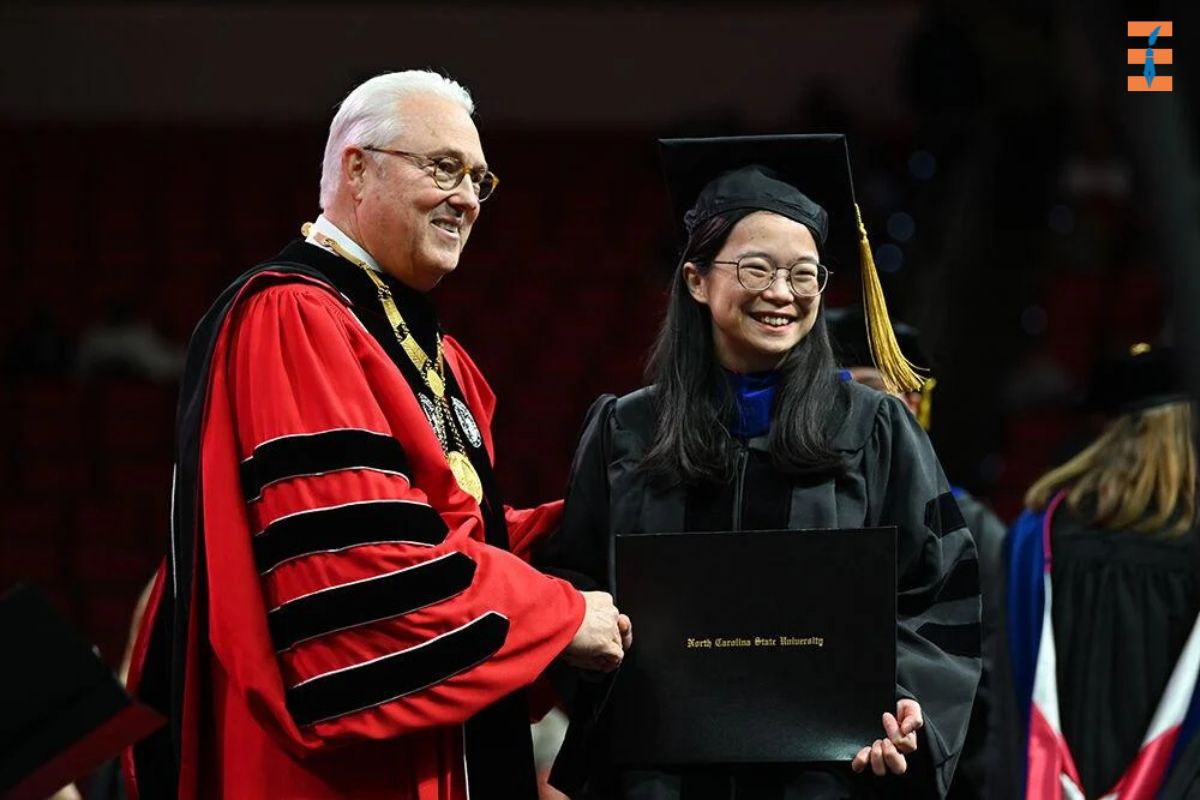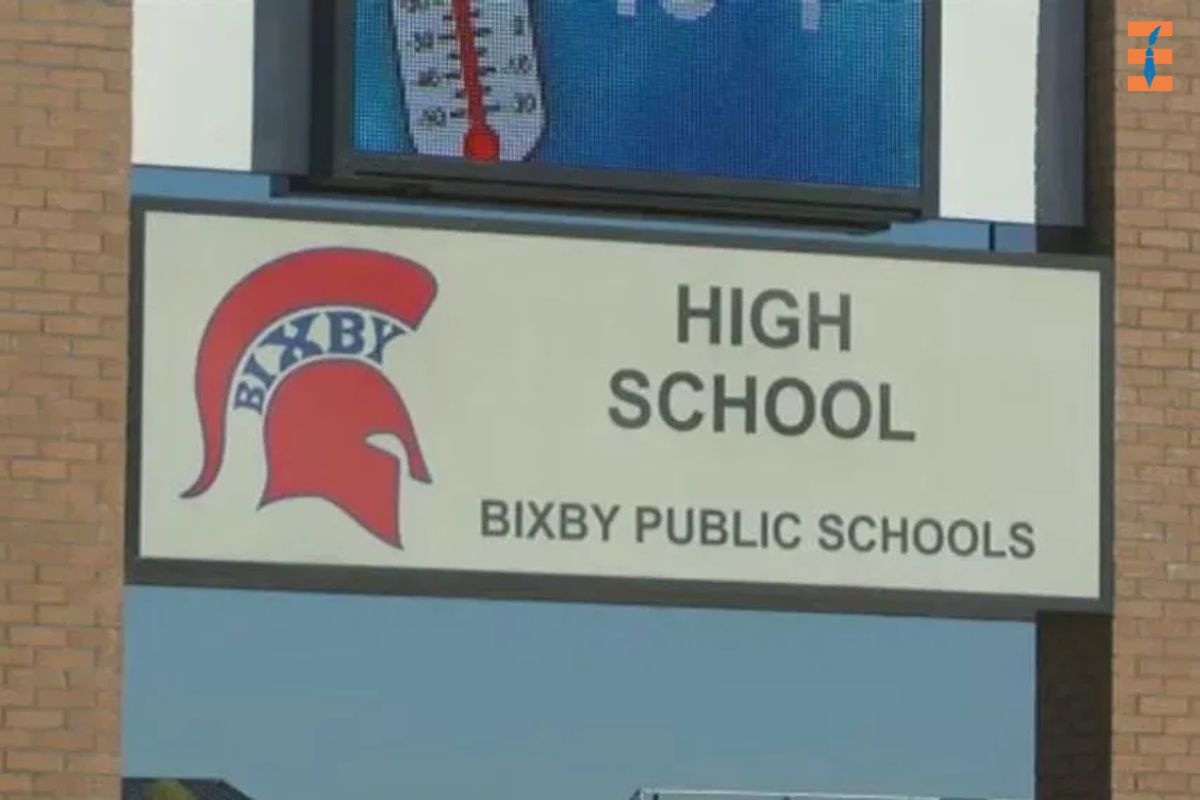Middle school is a pivotal time in a student’s educational journey. It’s a phase of growth and development, a bridge between the foundational years of elementary school and the more specialized subjects of high school. It’s also the ideal stage for nurturing and honing critical thinking skills, which are essential for academic success and lifelong learning. In this article, we will explore the concept of interlinking learning and how it can foster middle school students.
Understanding Critical Thinking
Critical thinking is the ability to think clearly and rationally, understanding the logical connection between ideas. It’s about being active in your learning and evaluating information, arguments, or situations. It is not about being negative or overly critical; rather, it’s a way of approaching problems and situations with an open mind and a healthy dose of skepticism.
In the context of middle school education, critical thinking means equipping students with the skills to:
- Analyze information and arguments systematically.
- Evaluate the credibility of sources.
- Recognize and challenge their own biases.
- Make well-informed decisions.
- Solve complex problems effectively.
These skills are not only crucial for academic success but also for life beyond the classroom. Developing this type of thinking skills empowers students to navigate the challenges of the modern world, where information is abundant, and the ability to discern, analyze, and make informed choices is more important than ever.
The Role of Interlinking Learning

Interlinking learning is an approach that focuses on connecting knowledge across subjects and disciplines. Instead of teaching subjects in isolation, interlinking learning encourages educators to show students the interconnectedness of various fields of study. This approach helps students see the bigger picture, how different concepts and ideas relate to one another, and how they apply to real-world situations.
By interlinking learning, educators create a learning environment where students can:
- Develop a holistic understanding of concepts and ideas.
- Recognize the relevance of what they learn in the classroom to the world outside.
- Foster curiosity and a love of learning.
- Improve their problem-solving skills.
- Cultivate a deeper engagement with the material.
Interlinking learning not only enriches the educational experience but also provides an ideal platform for promoting critical thinking.
Related: 10 Team-Building Games That Promote Critical Thinking
The Benefits of Interlinking Learning for Critical Thinking
Interlinking learning offers several benefits that directly contribute to the development of critical thinking skills in middle school students:
1. Contextual Understanding
By seeing how concepts from different subjects relate to one another, students gain a deeper understanding of the material. They learn not just what to think but how to think critically about a subject.
2. Transferring Knowledge
Interlinking learning encourages students to apply knowledge and skills from one subject to another. This knowledge transfer fosters critical thinking as students need to adapt and synthesize information in new contexts.
3. Enhanced Problem Solving
Interdisciplinary connections present students with complex problems that require creative and critical solutions. As they tackle these challenges, they learn to approach problems thoughtfully and systematically.
4. Real-World Application
Seeing how their learning applies to real-life situations makes the material more engaging and relevant. This, in turn, motivates students to think critically about how they can use their knowledge in practical ways.
5. Inquiry and Curiosity
Interlinking learning nurtures students’ curiosity as they explore the connections between subjects. This curiosity drives them to ask questions, seek answers, and think critically about the world around them.
6. Multiple Perspectives
Interdisciplinary learning exposes students to different perspectives and ways of thinking. This broadens their worldview and encourages them to consider alternative viewpoints, a fundamental aspect of such thinking.
Practical Approaches to Interlinking Learning

To implement interlinking learning effectively and promote critical thinking in middle school, educators can employ various practical approaches:
1. Cross-Curricular Projects
Design projects that require students to integrate knowledge and skills from multiple subjects. For example, a project on climate change could involve elements of science, geography, and mathematics.
2. Thematic Units
Organize teaching around themes or topics that cut across subject boundaries. For instance, a unit on “sustainability” could encompass science, social studies, and language arts.
3. Inquiry-Based Learning
Encourage students to ask questions and explore topics in depth. This approach promotes thinking as students engage in research, analysis, and problem-solving.
4. Collaborative Learning
Create opportunities for students to collaborate on projects that draw on their diverse strengths and expertise. Collaboration fosters critical thinking through discussion and the exchange of ideas.
5. Guest Speakers and Field Trips
Invite guest speakers or plan field trips that demonstrate real-world applications of classroom learning. Experiencing the practical side of education can inspire this thinking.
6. Discussion and Debate
Encourage classroom discussions and debates that require students to analyze issues from different perspectives and defend their positions with well-reasoned arguments.
7. Encourage Reflection
Give students time for reflection on what they’ve learned. Journaling, group discussions, and self-assessment are effective tools for promoting this thinking.
Case Study: The Benefits of Interlinking Learning
To illustrate the impact of interlinking learning in promoting critical thinking, let’s consider a case study of a middle school that has embraced this approach.
Oakwood Middle School: A Case Study

At Oakwood Middle School, educators have adopted an interlinking learning model to enhance students’ critical thinking skills. This innovative approach has produced several noteworthy outcomes:
1. Improved Test Scores
Students at Oakwood Middle School have shown higher proficiency in standardized tests. The interdisciplinary approach has helped them grasp concepts more comprehensively and apply their knowledge effectively.
2. Engaged Learners
Students at Oakwood exhibit a high level of engagement and enthusiasm in their classes. Interlinking learning has made education more relevant and exciting, which in turn fosters a love for learning and thinking.
3. Creative Problem Solving
By exploring the connections between subjects, students have become more adept at creative problem-solving. They approach challenges with a broader perspective and a deeper understanding of the issues at hand.
4. Global Awareness
Interlinking learning has enabled students to understand the global context of their education. They are more aware of the interconnectedness of the world and are better prepared to address global issues with critical thinking.
5. Confident Communicators
Students are better at articulating their ideas, both in writing and in verbal communication. The collaborative nature of interlinking learning has enhanced their ability to express themselves.
Conclusion
Middle school is a pivotal time for students, and it’s the ideal stage to foster critical thinking skills that will benefit them throughout their lives. Interlinking learning, with its focus on making connections across subjects and promoting a holistic understanding, is a powerful tool to achieve this goal. The benefits of interlinking learning include contextual understanding, improved problem-solving skills, real-world application, and a thirst for knowledge.
To successfully implement interlinking learning in the middle school curriculum, educators can use various practical approaches, including cross-curricular projects, thematic units, inquiry-based learning, collaborative learning, and discussions that encourage critical thinking. The case study of Oakwood Middle School demonstrates the positive impact of interlinking learning on students’ academic performance, engagement, and problem-solving abilities. By embracing interlinking learning, middle schools can help students become critical thinkers.










